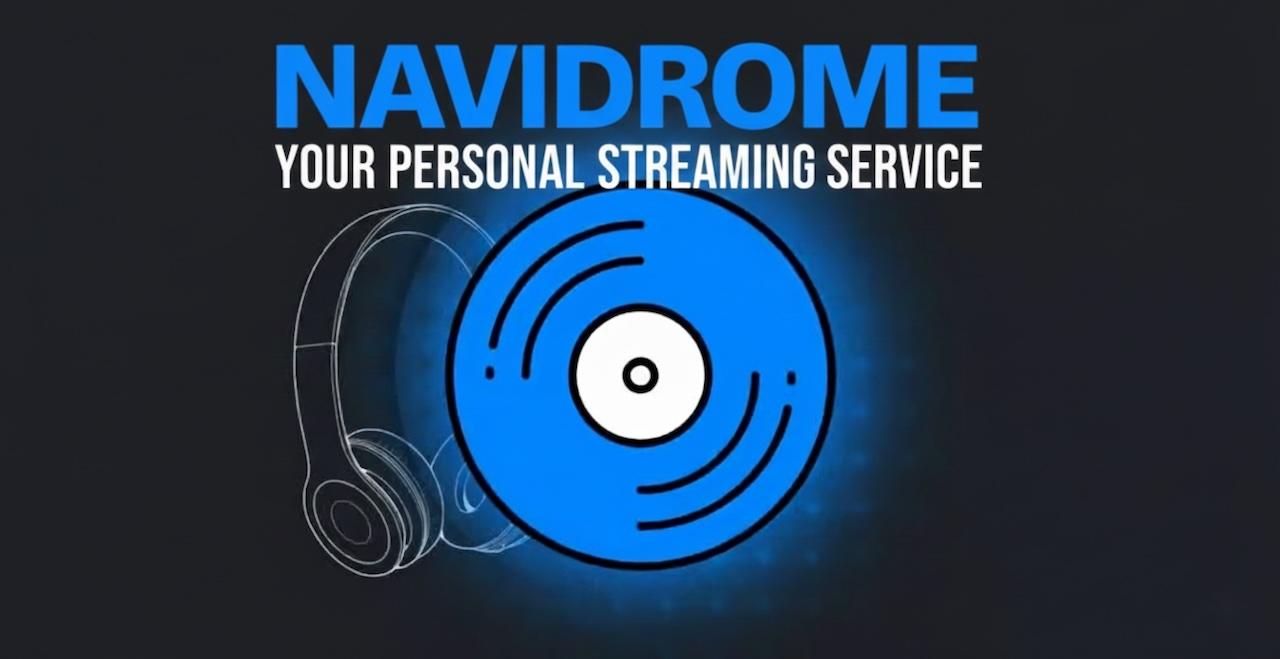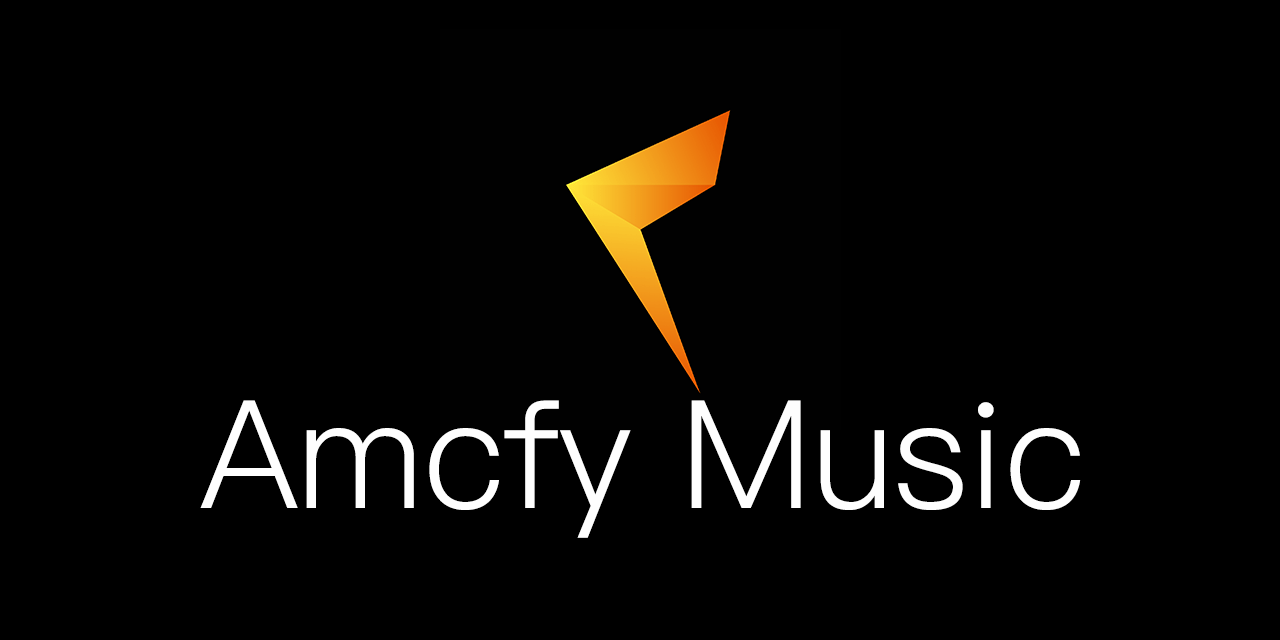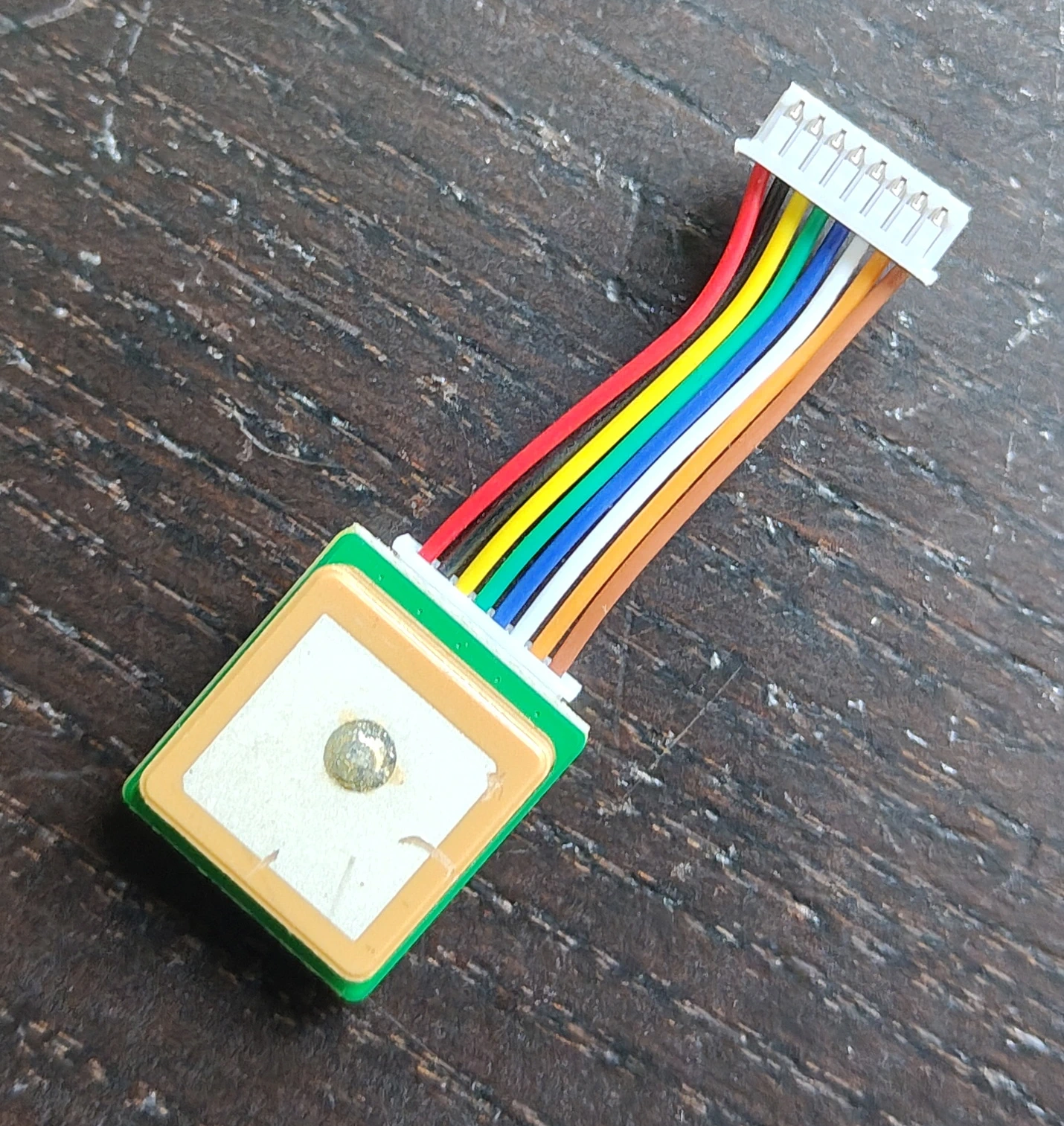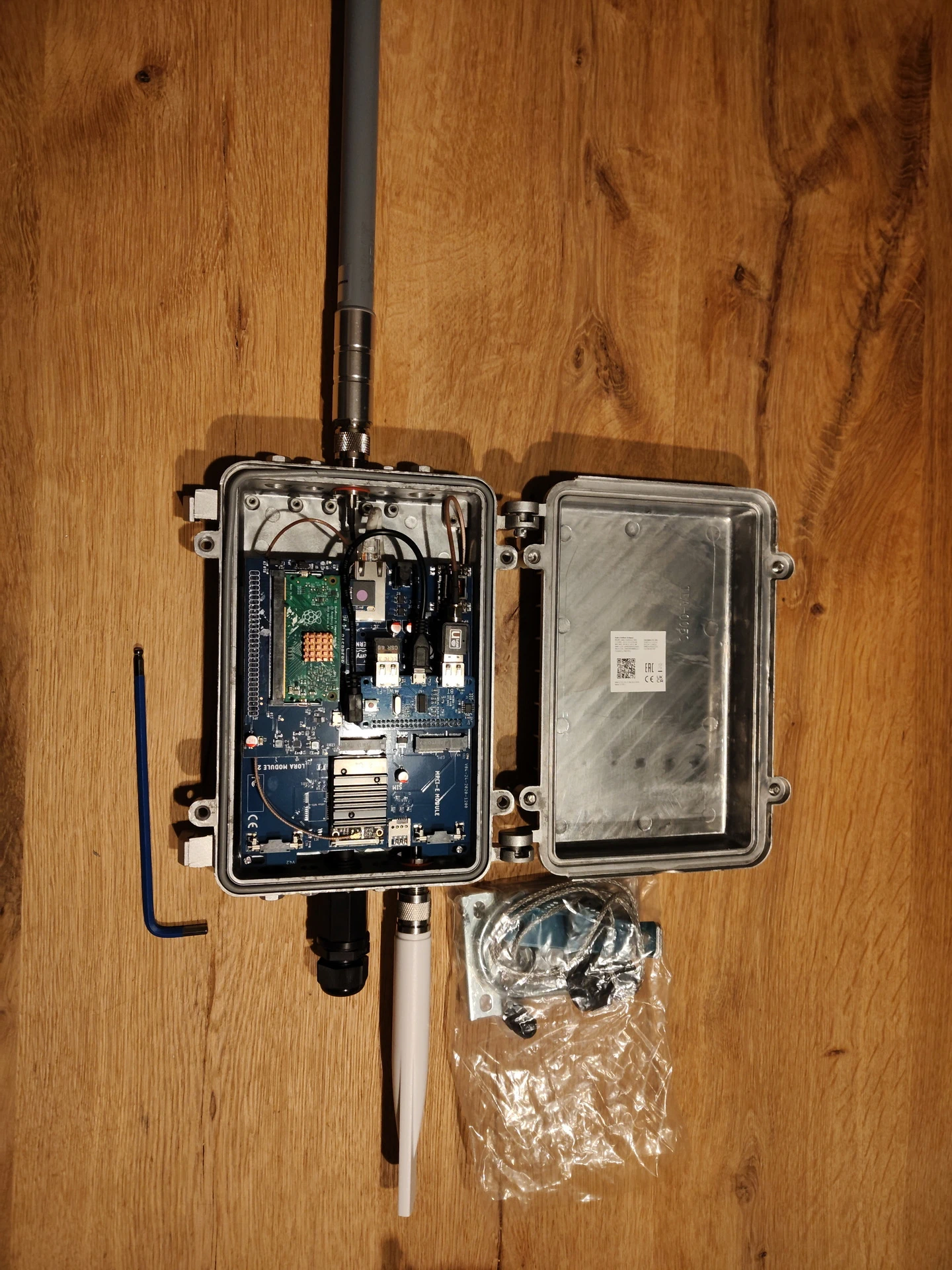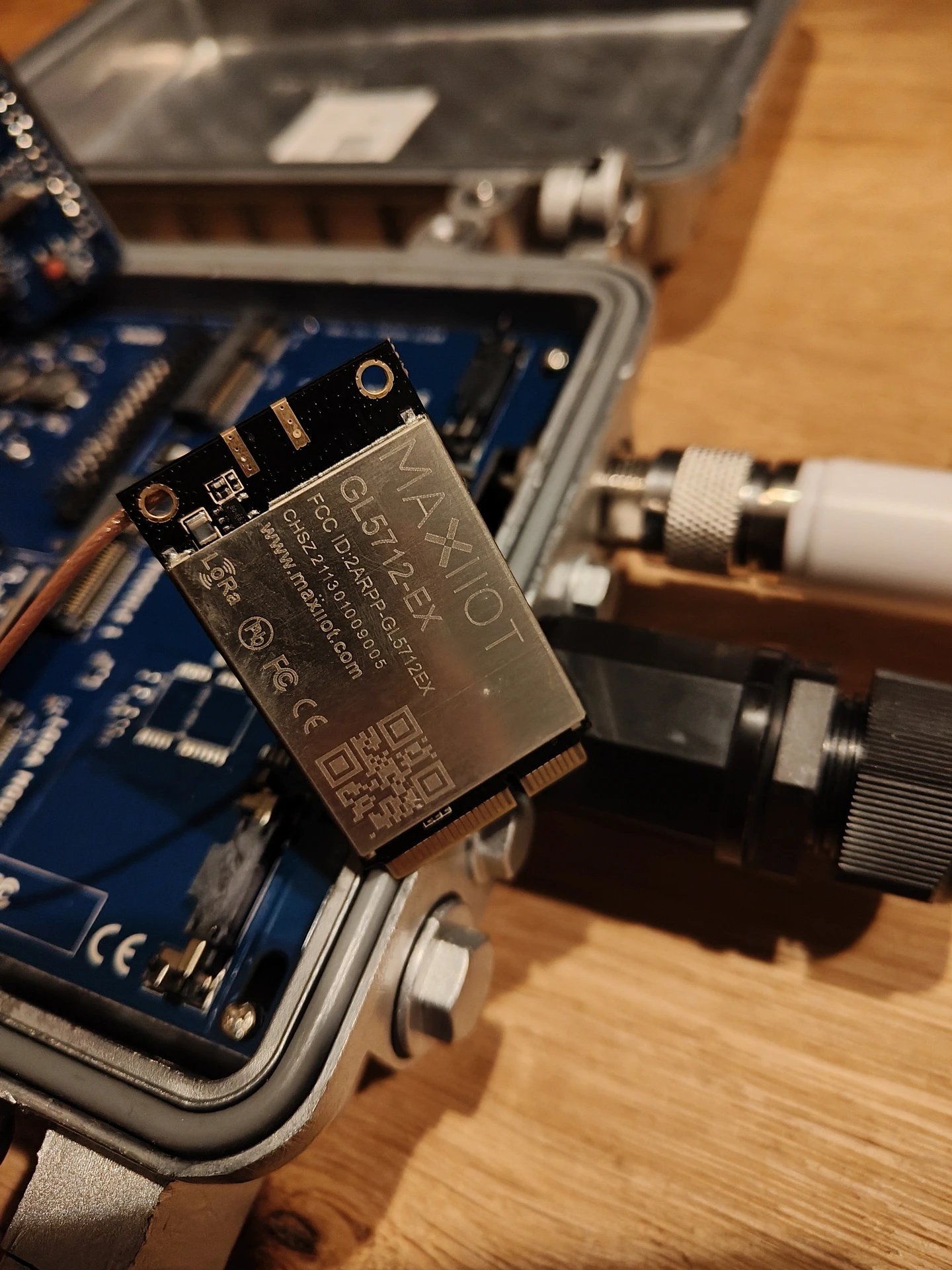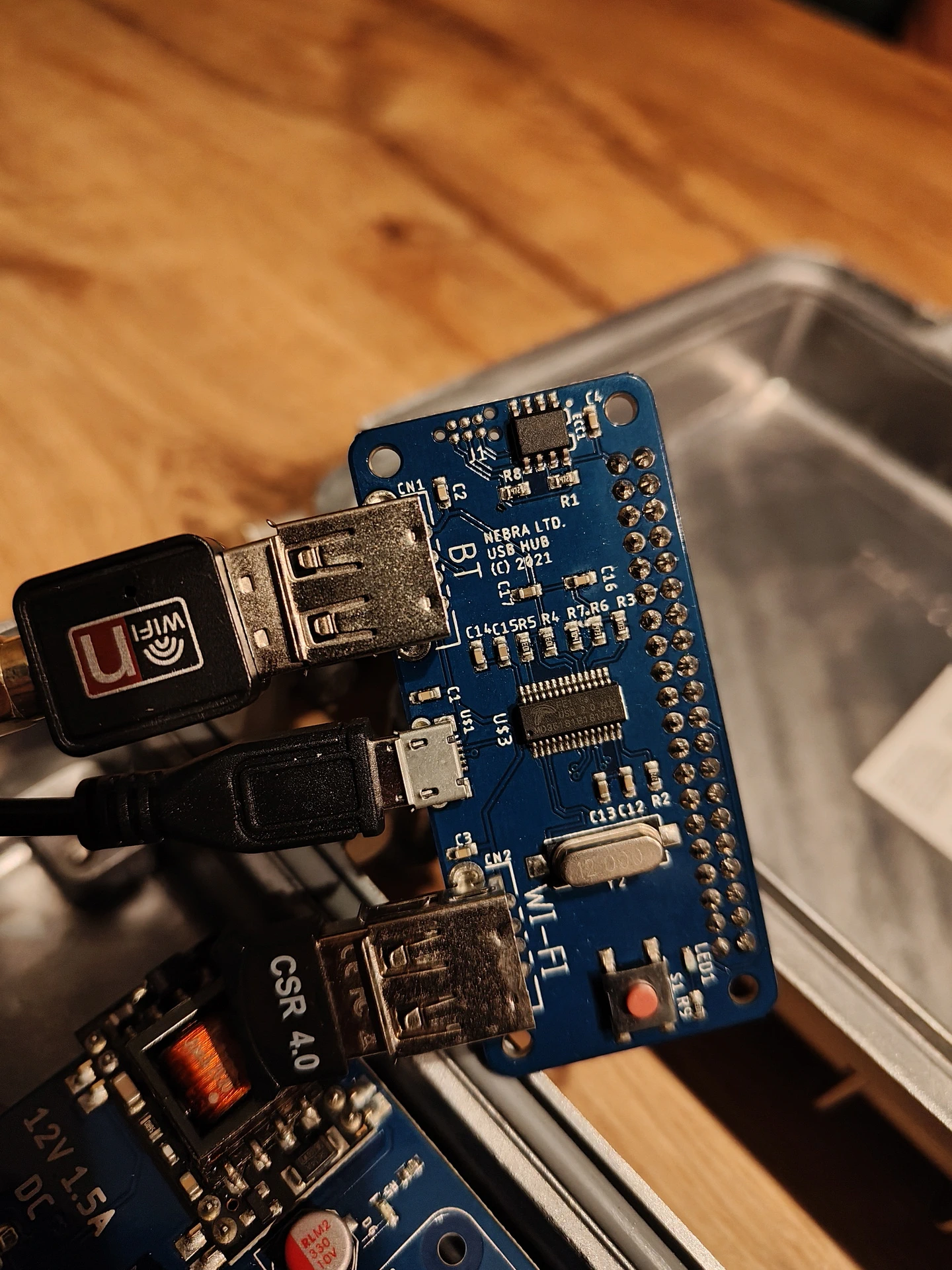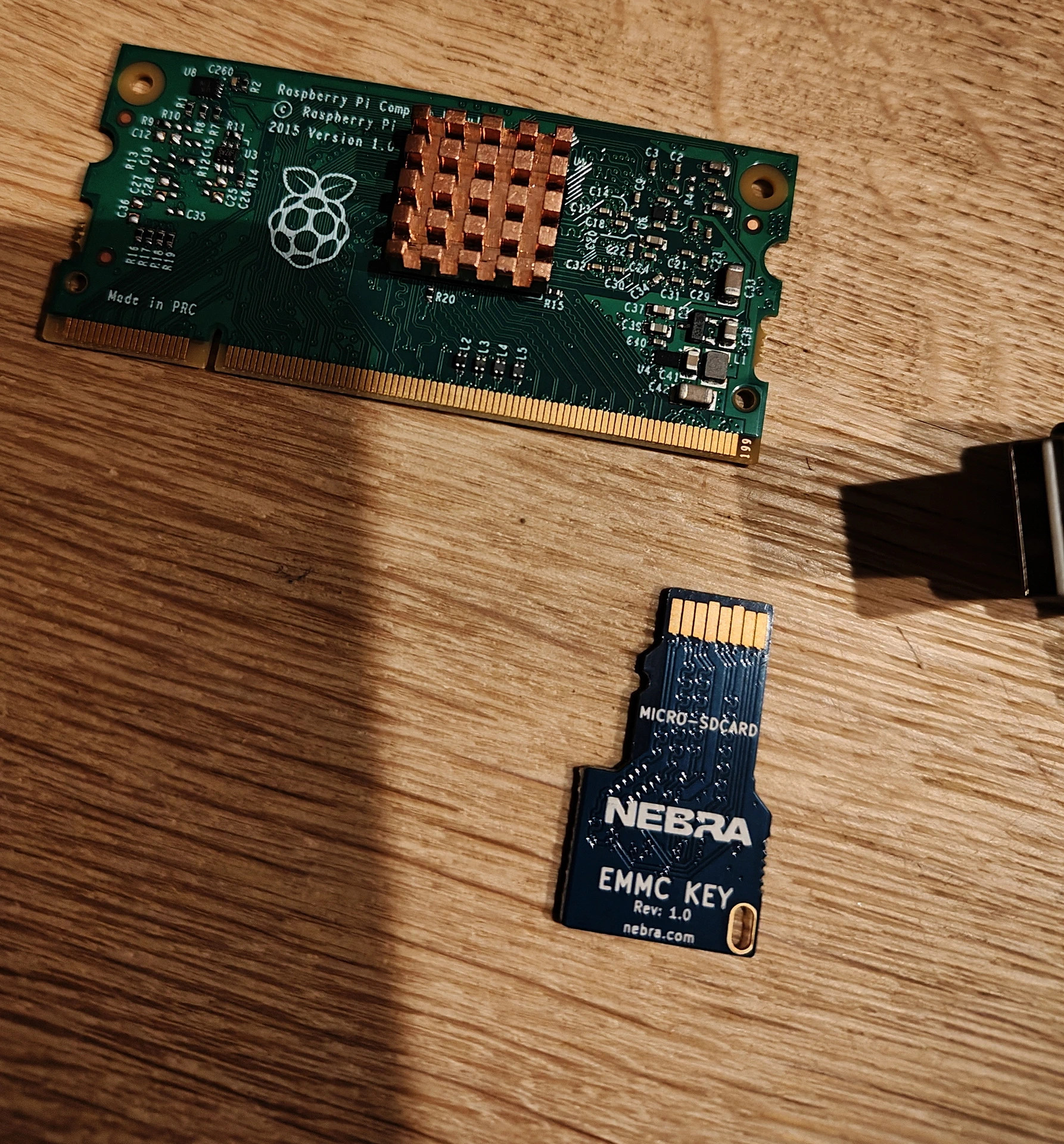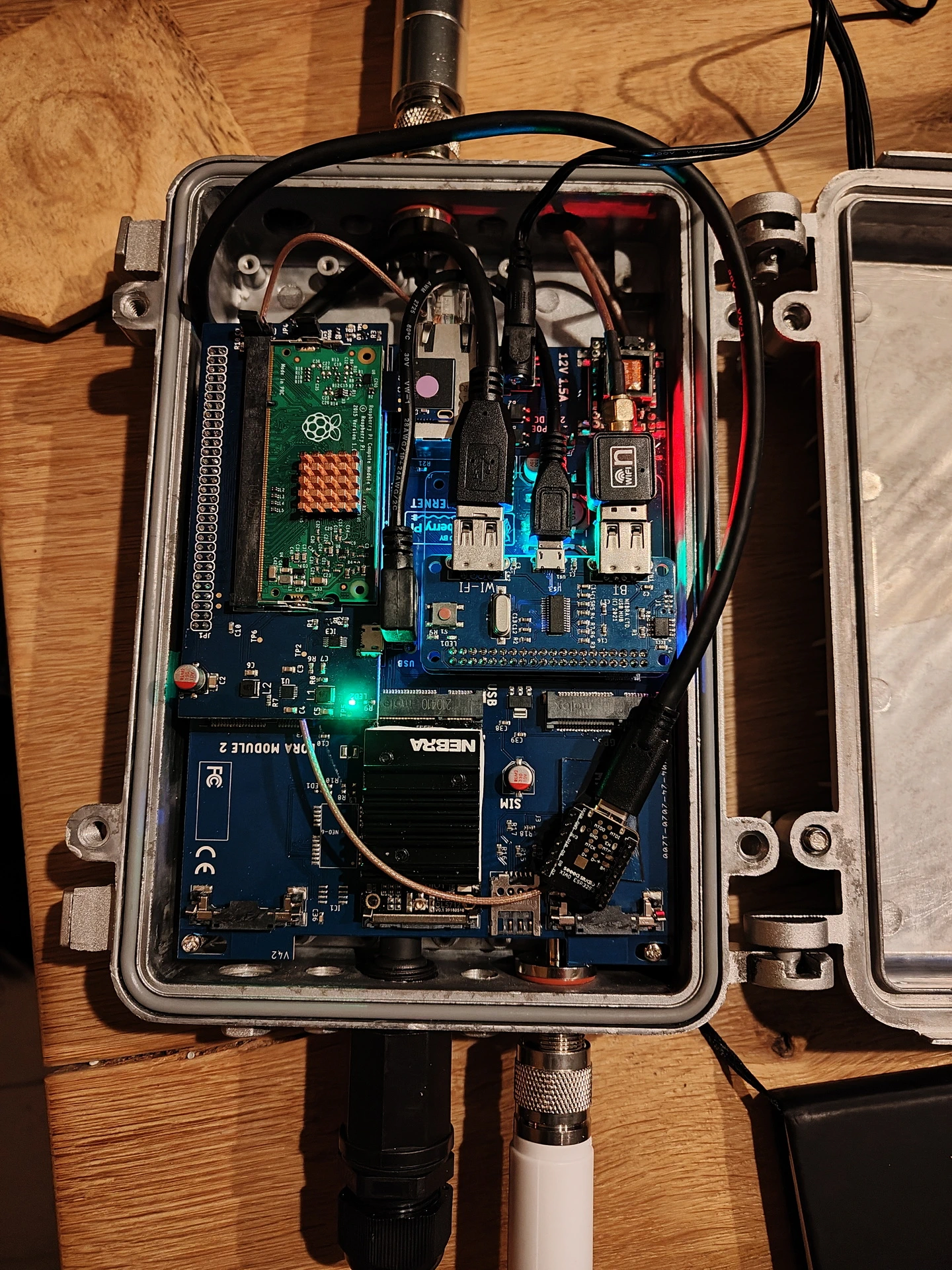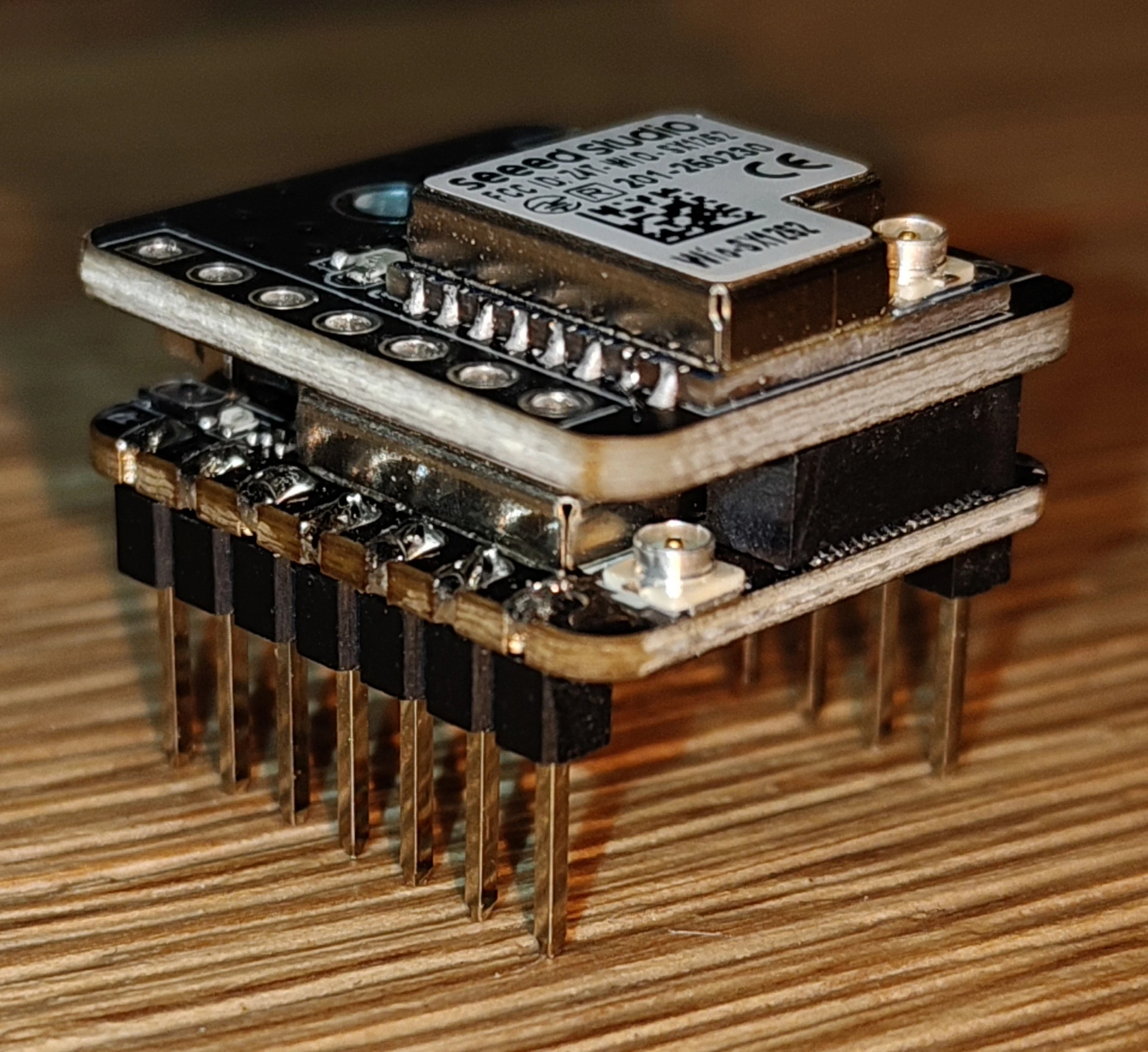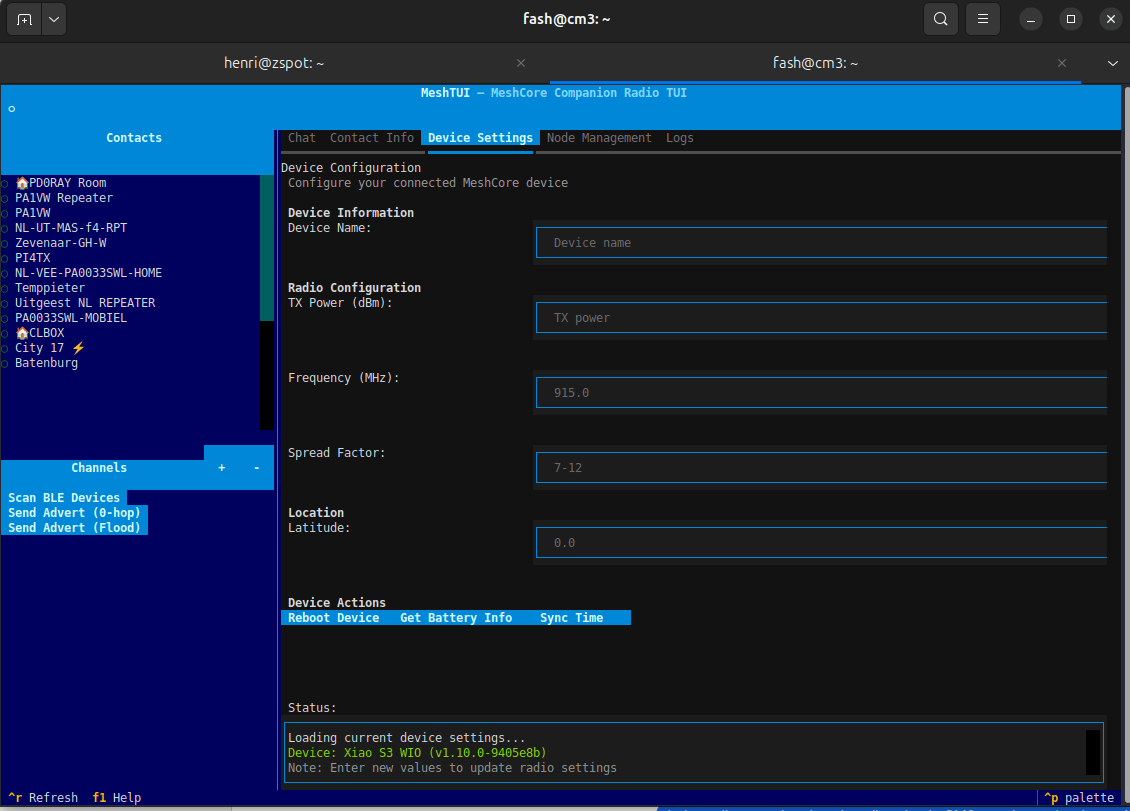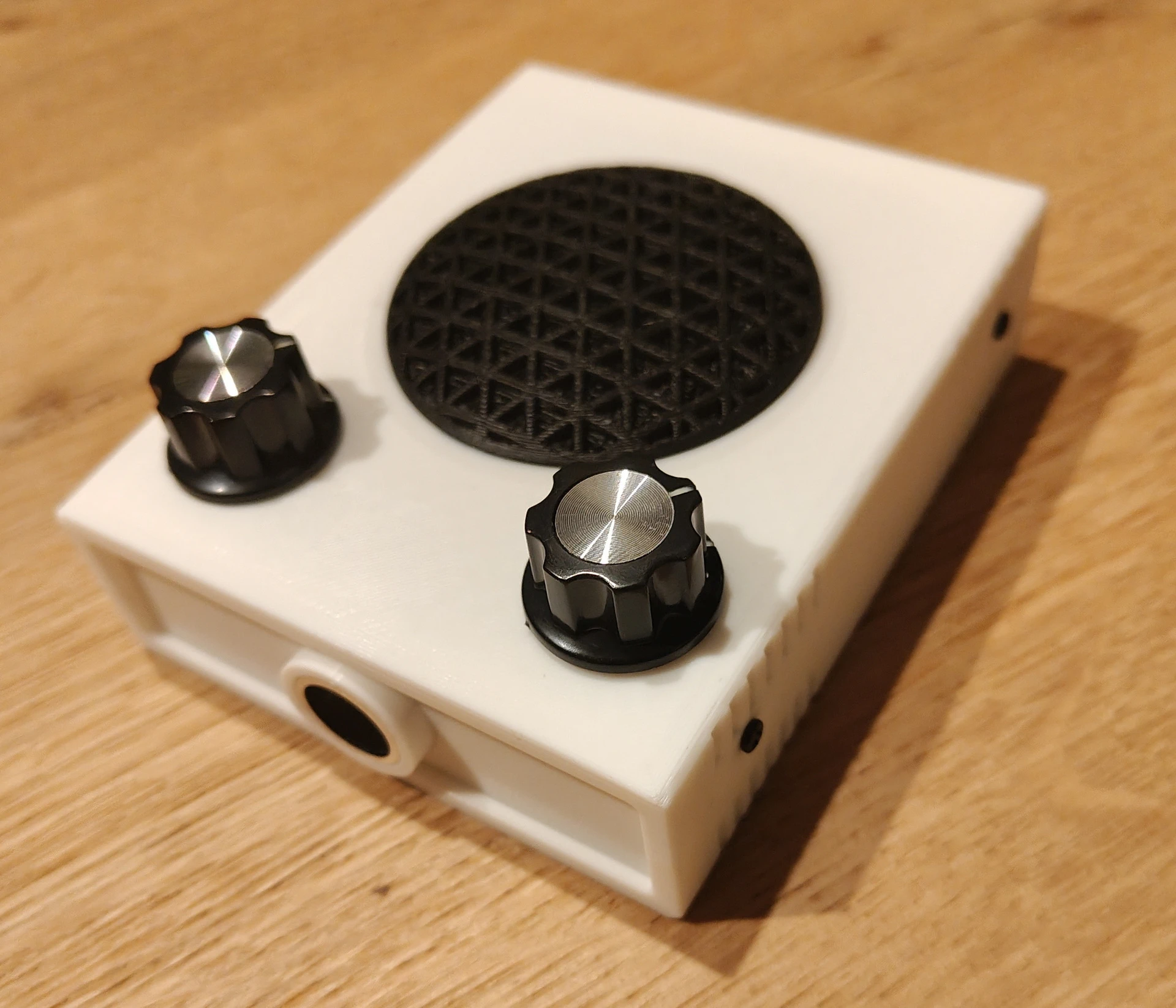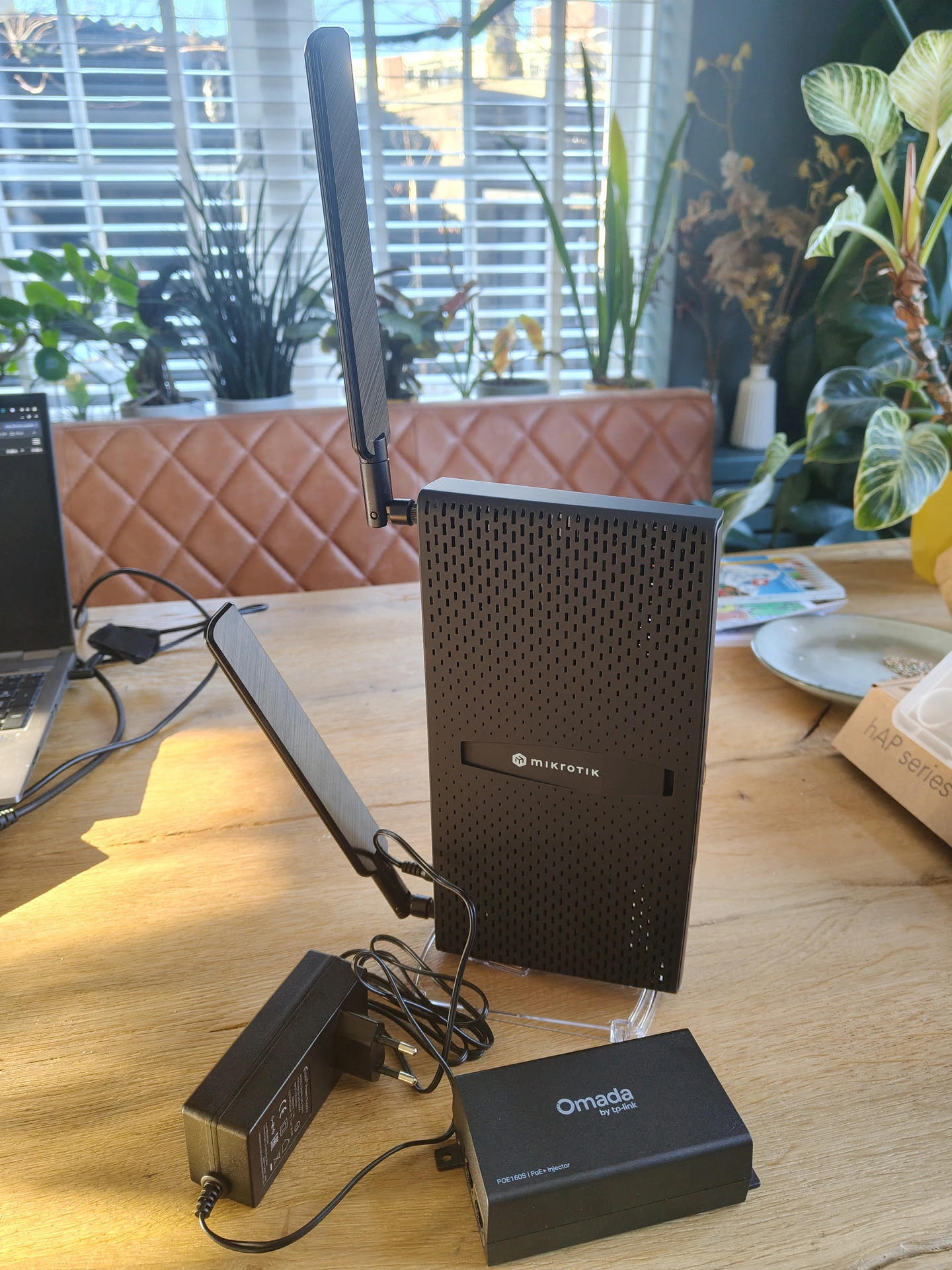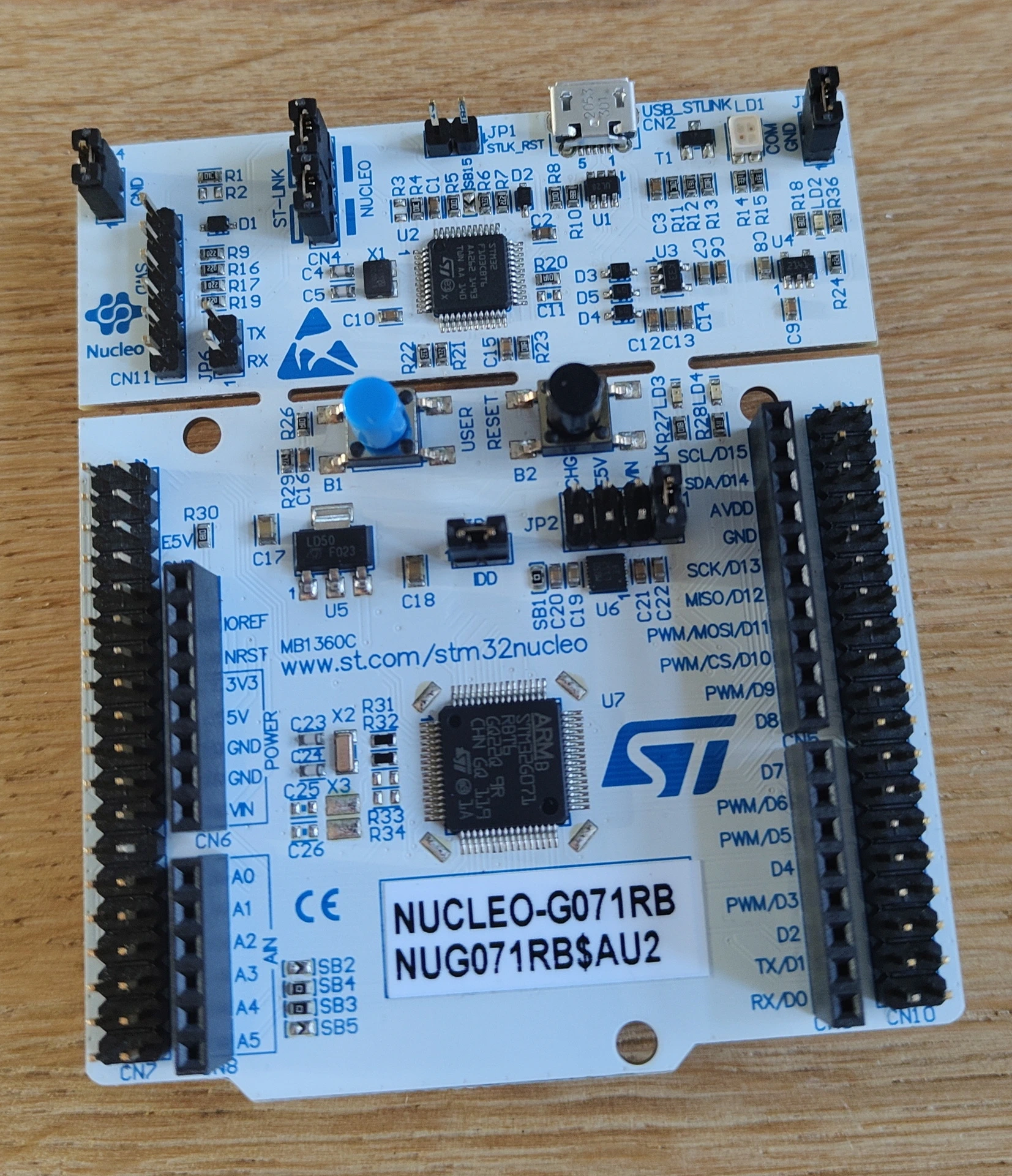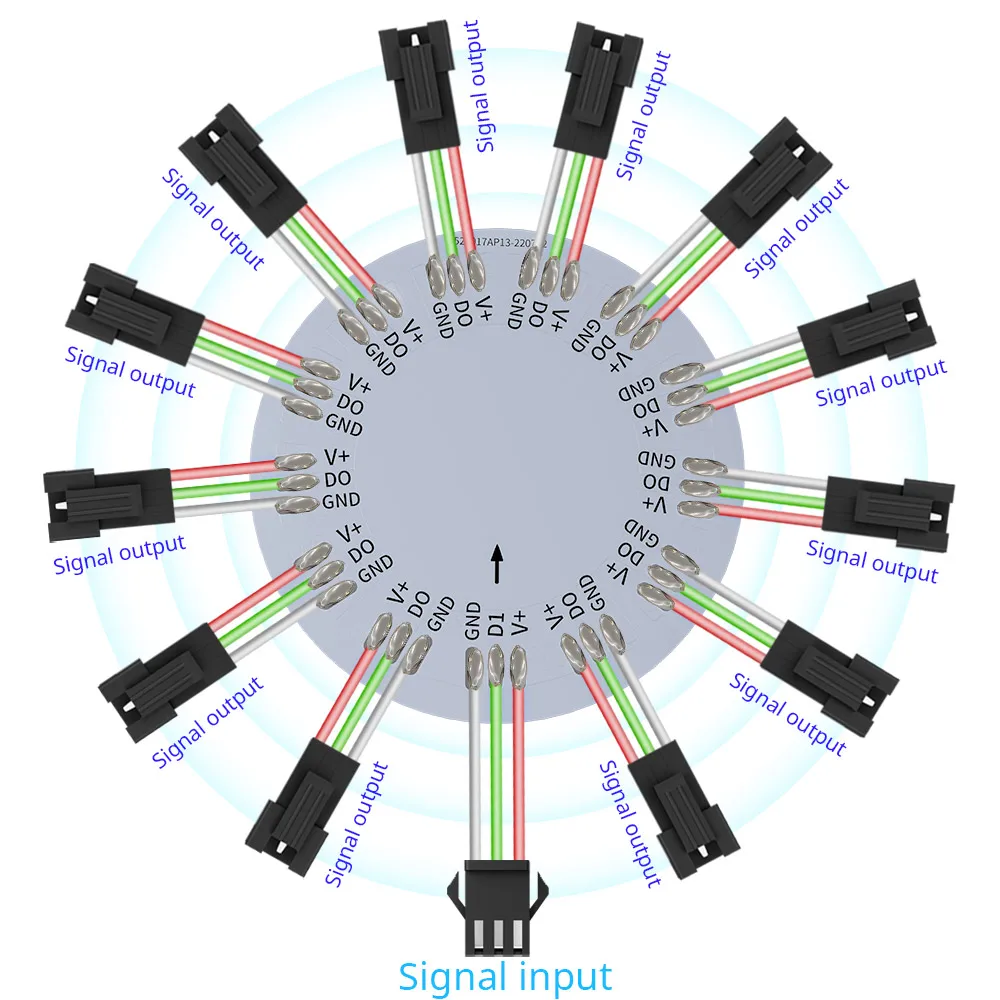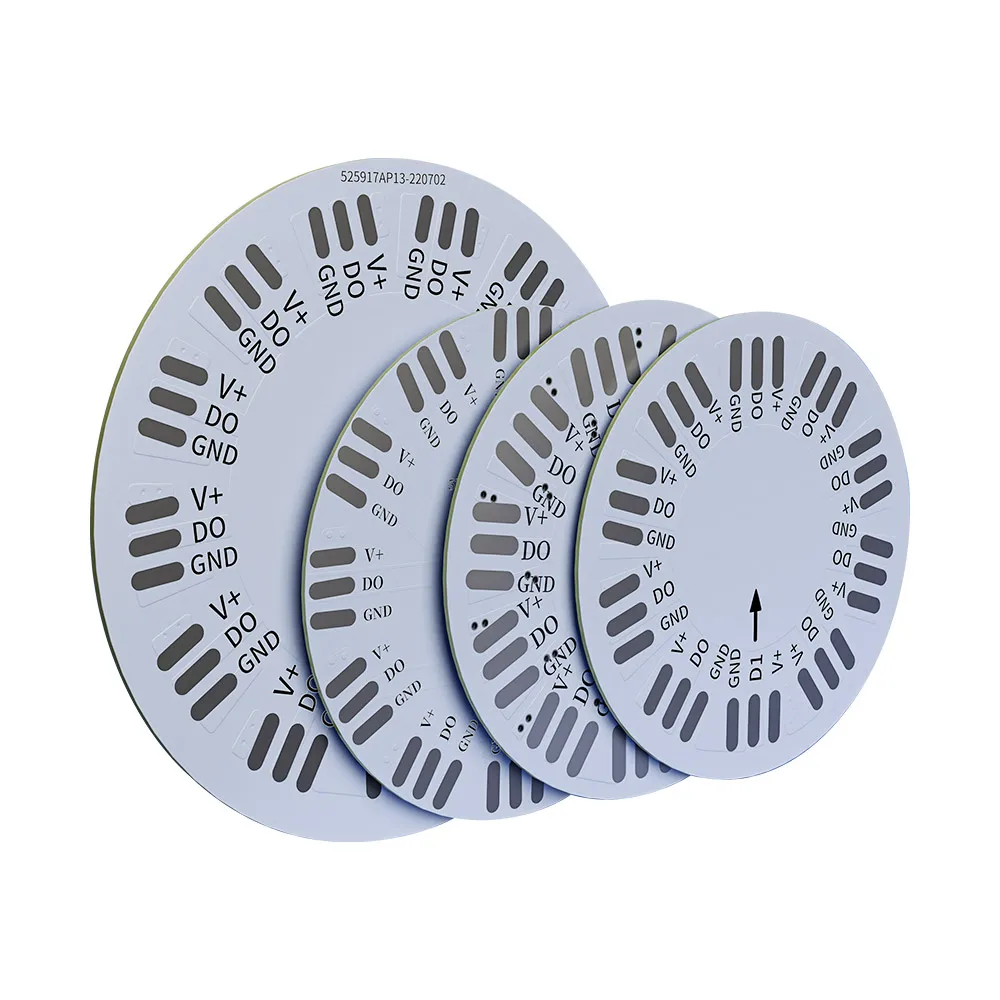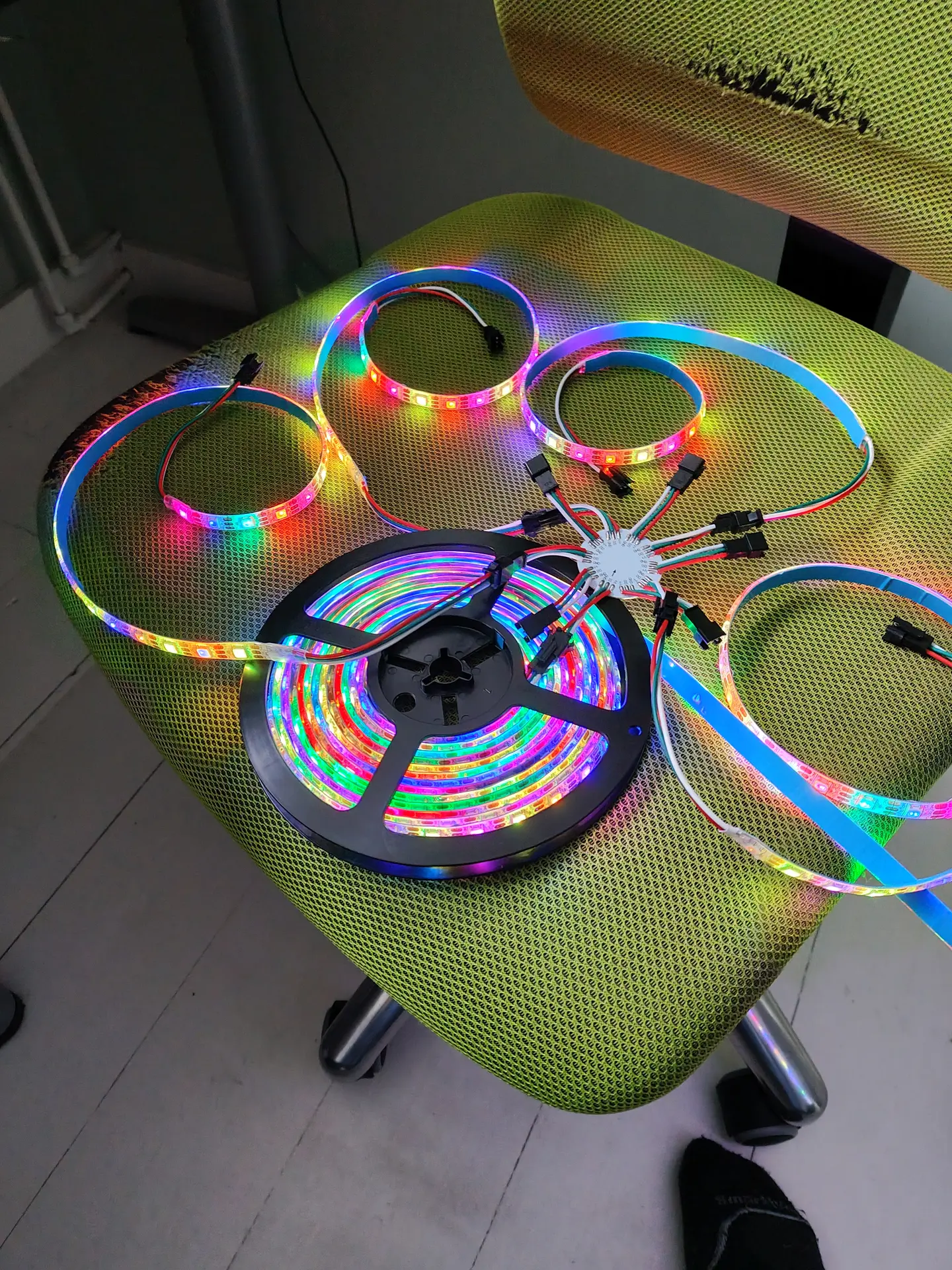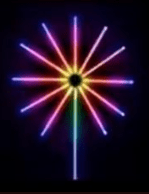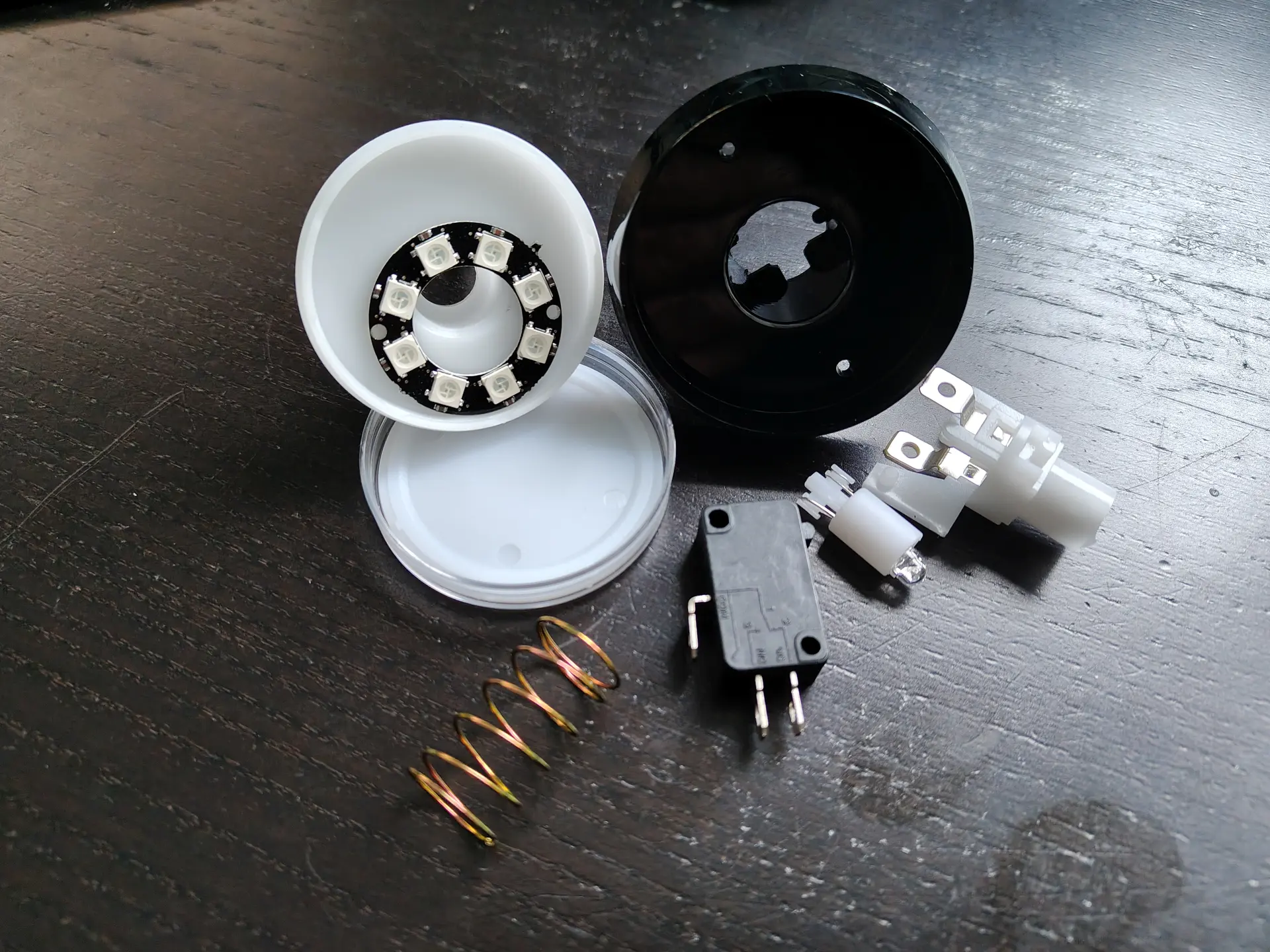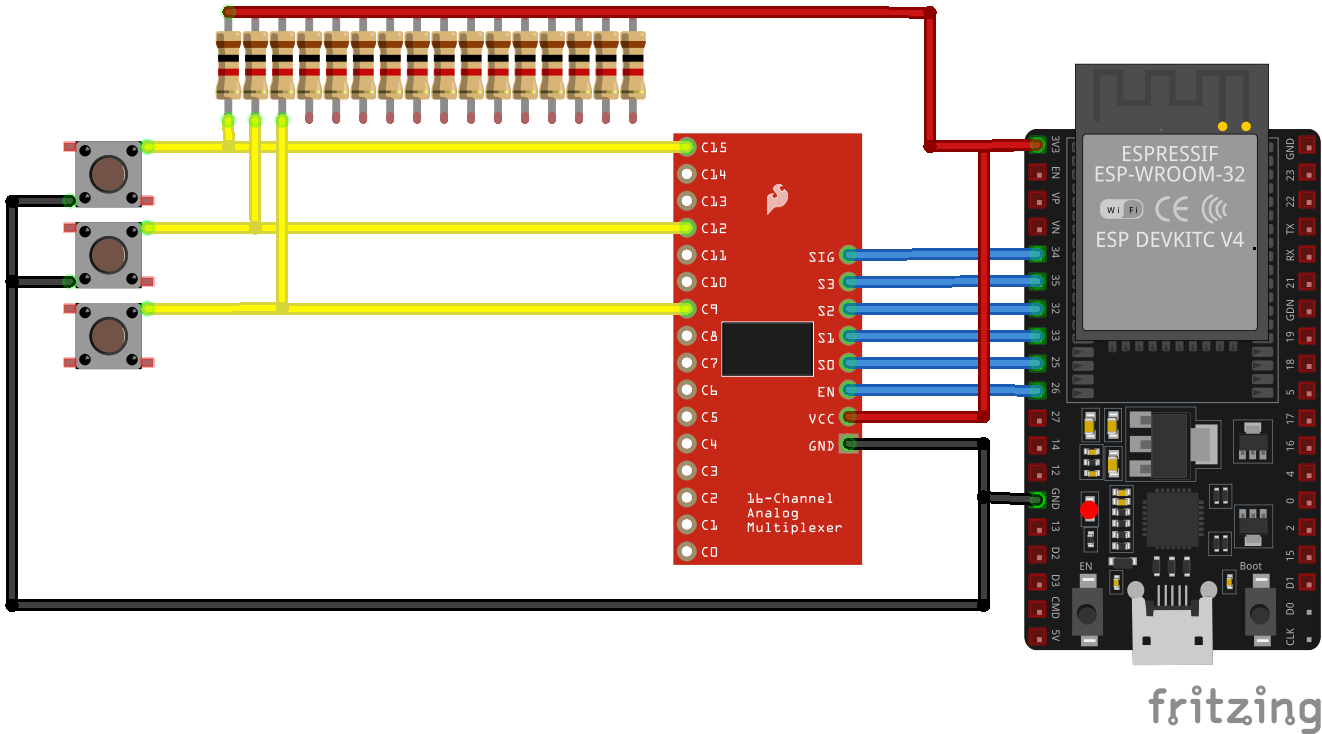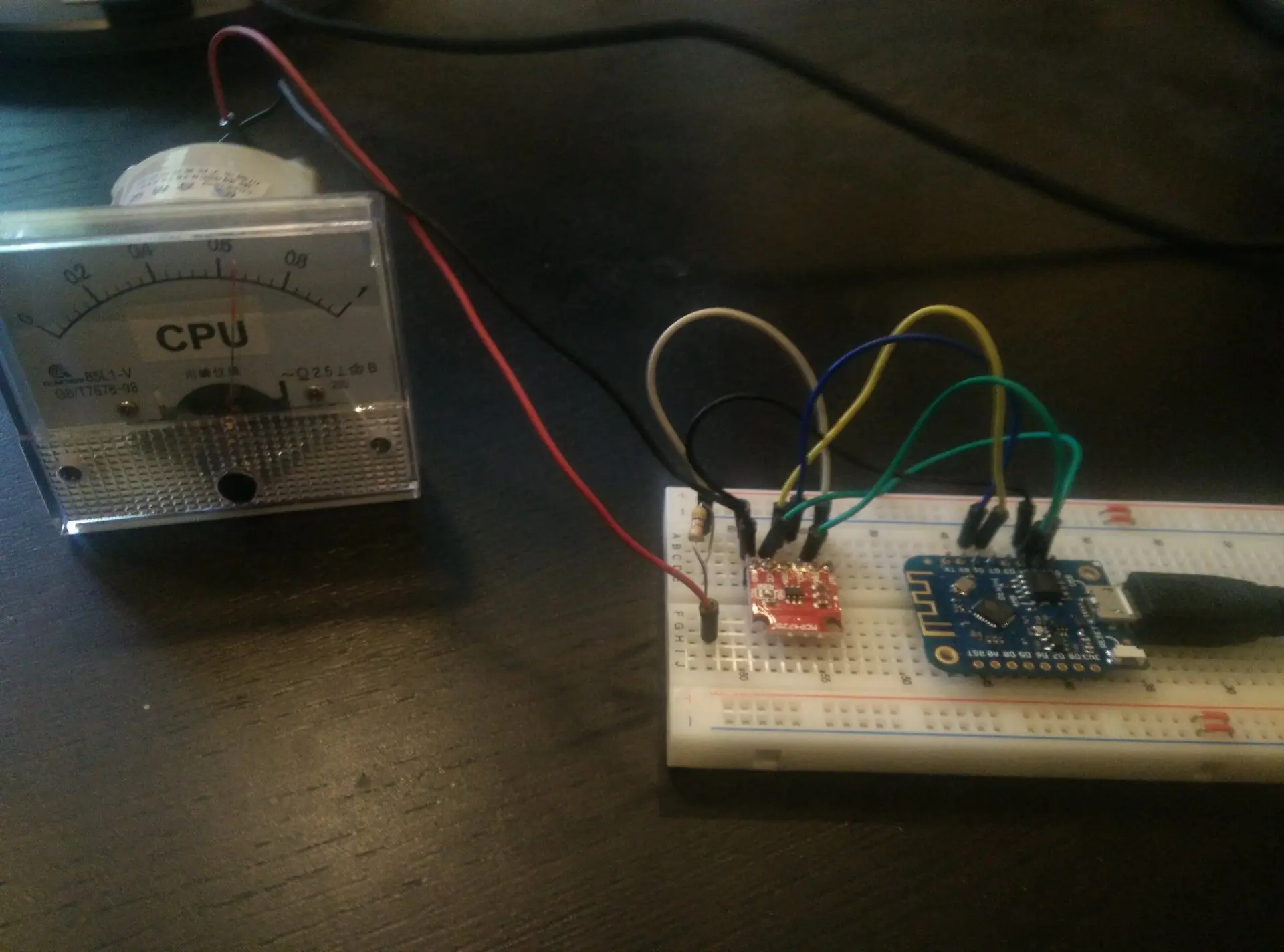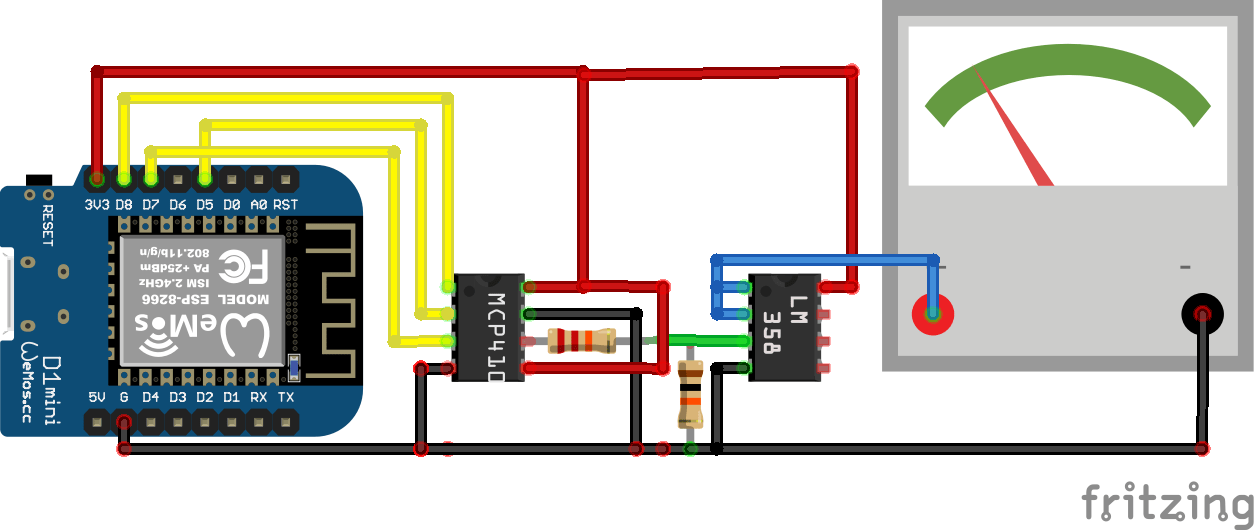Last year I’ve made a led pole with digital fireworks.
Time to replace for something else ..
I’ve made a mqtt 1-D game in december.
I needed to change a lot to the javascript on the website to fix some stuff.
- Fix IPhone control. (I hate iphone)
- Fix screenlock timeout
- Added meta refresh
The XMAS/Fireworks controller was often used, and I got notifications via my TV. (see other posts)
Now I want to see when MQTT movement when I’m in the livingroom.
So I programmed a Wemos controller to blink the internal when MQTT messages are received.
CODE:
#include <ESP8266WiFi.h>
#include <PubSubClient.h>
const char* ssid = "WIFIAP";
const char* password = "WIFIPASS";
const char* mqtt_server = "MQTTBROKER"; // MQTT broker IP
const char* mqtt_topic = "game/tilt";
WiFiClient espClient;
PubSubClient client(espClient);
String lastPayload = "";
void setup_wifi() {
delay(10);
WiFi.begin(ssid, password);
while (WiFi.status() != WL_CONNECTED) {
delay(500);
}
}
void blinkLED() {
digitalWrite(LED_BUILTIN, LOW); // LED ON
delay(200);
digitalWrite(LED_BUILTIN, HIGH); // LED OFF
delay(200);
}
void callback(char* topic, byte* payload, unsigned int length) {
String message;
for (unsigned int i = 0; i < length; i++) {
message += (char)payload[i];
}
// Blink only if topic value changed
if (message != lastPayload) {
blinkLED();
lastPayload = message;
}
}
void reconnect() {
while (!client.connected()) {
if (client.connect("WemosClientMqttBlink")) {
client.subscribe(mqtt_topic);
} else {
delay(2000);
}
}
}
void setup() {
pinMode(LED_BUILTIN, OUTPUT);
digitalWrite(LED_BUILTIN, HIGH);
setup_wifi();
client.setServer(mqtt_server, 1883);
client.setCallback(callback);
}
void loop() {
if (!client.connected()) {
reconnect();
}
client.loop();
}
